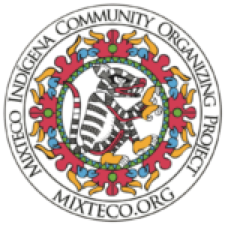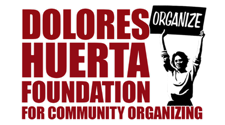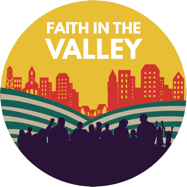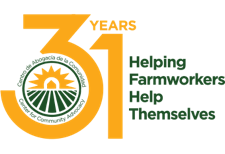Prioritizing Vaccines for Farmworkers
- CRLAF
- Mar 5, 2021
- 3 min read
Updated: Jul 20, 2021
California’s Vaccination Plan Needs to Guarantee that Farmworkers, Their Families and Agricultural Communities Receive Vaccinations
January 29, 2021 Dear Community Vaccine Advisory Committee members: We are relieved that California has restated its commitment to keeping agricultural workers in Phase 1B, Tier 1 of the vaccination distribution. We continue to advocate that vaccine priorities take into account occupational, demographic, community, and household risk, so vaccines reach farmworker communities in an expeditious manner. The new “statewide standard” will hopefully reduce the great disparities among agricultural counties as to how they prioritize farmworkers and their communities. A number of the community based organizations (CBOs) signing this letter have been working locally with partners such as, public health departments, Boards of Supervisors, community clinics, unions, medical schools, and agricultural employers to develop pilot mobile vaccination projects to get farmworkers vaccinated. However, most counties have not yet triggered the prioritization of farm workers in Phase 1B, Tier 1; of those that have, a very small number of vaccines was allocated for this essential workforce. Unfortunately, all the collaborative efforts have been stymied by the paucity of vaccinations allocated to counties. Since it is easier to serve an age-based group at a large, centralized vaccination center, than it is to reach small groups of farmworkers in the fields, the limited supply of vaccines is used up quickly on the mass efforts. Farmworkers face many barriers in scheduling appointments and transportation to mid-week, daytime clinics in distant urban centers. Moreover, time away from work means lost income.
To reach farmworkers where they are – in their communities – we request that the State:
allocate a certain number of vaccinations on a county by county basis for farmworkers and their families.
partner with community and migrant health clinics and farmworker-serving CBOs on the ground to ensure that essential workers are vaccinated.
track the actual vaccines administered by community and occupation to assist in ensuring that vaccines are getting to farmworker communities.
fund a culturally and linguistically appropriate outreach and education campaign to begin now to overcome barriers and reluctance to obtaining vaccinations when available. We continue to advocate that vaccine priorities should include the communities in which farmworkers live. The Healthy Places Index, upon which California relies for its Health Equity Metric, identifies the highest risk communities. Our colleagues have also developed an even more robust data tool that identifies census tracts with high numbers of farmworkers from the American Community Survey data. We are happy to share that tool with the Committee and any local health jurisdictions. This tool can help in determining how many doses are needed in each neighborhood or community, identifying the Federally Qualified Health Centers (FQHC) that serve the area and what partnerships with grassroots organizations might be needed to augment vaccination outreach. We appreciate the Committee’s efforts to ensure that our agricultural workforce, their communities and families are protected from COVID-19. Our food supply depends on it. For further information, contact Noe Paramo (California Rural Legal Assistance Foundation): nparamo@crlaf.org, (209) 499-8637, or Joel Diringer (Diringer and Associates): joel@diringerassociates.com, (805) 544-7722. Prepared by the COVID-19 Farmworker and Rural Immigrant Community Advocacy; Coalition Alianza Coachella Valley; California Rural Legal Assistance Foundation Center for Community Advocacy; Central Valley Immigrant Integration Collaborative (CVIIC); Centro Binacional para el Desarrollo Indígena Oaxaqueño (CBDIO); Dolores Huerta Foundation; Health4Kern/Faith in the Valley; Lideres Campesinas Mixteco/Indigena Community Organizing Project (MICOP); TODEC; UFW Foundation; Vision y Compromiso; and West Modesto Collaborative.
Funding provided by The California Endowment
Technical support provided by Diringer and Associates

























Comments